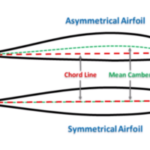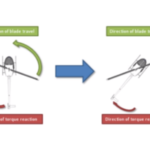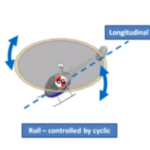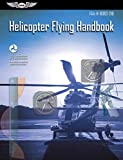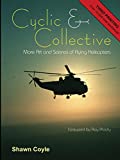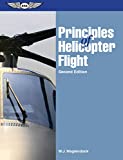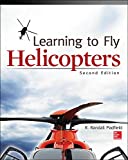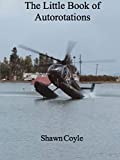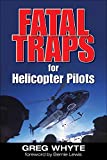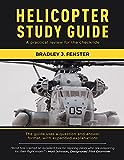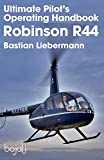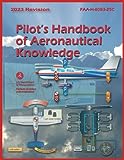This section will cover Helicopter Aerodynamics from the basics of “What is an Airfoil?” all the way up to the changing aerodynamics of autorotations. Most of the topics covered apply to all helicopters, but with extra emphasis on the Robinson R22 and R44 helicopters.
Current Lessons
Airfoils
An airfoil is any surface that produces a useful aerodynamic force. Here are some examples of uses of those aerodynamic forces: Lift
Negative Lift
Stability
Thrust
Control
When talking about airfoils it is important to know the technical ...
Helicopter Torque
A basic rule of Newtonian physics is that for every action there is an equal and opposite reaction . So when you have the action of the rotation of the main rotor blades of a helicopter - the reaction will cause the body of the helicopter to move in...
Three Axes of Flight
When maneuvering in the air, the helicopter moves around the Three Axes of Flight which all act through the helicopter's center of gravity (CG): Longitudinal Axis (Roll or Bank)
Lateral Axis (Pitch)
Vertical Axis (Yaw)
Video
The video below...
Future Topics
- Generation of Lift
- Types of Drag
- Translating Tendency/Drift
- Transitional Lift and ETL
- Transverse Flow Effect
- Retreating Blade Stall
- Settling with Power (SWP) or Vortex Ring State (VRS)
- Loss of Tail Rotor Effectiveness (LTE)
- Low G Mast Bumping
- Autorotations
- And more…



